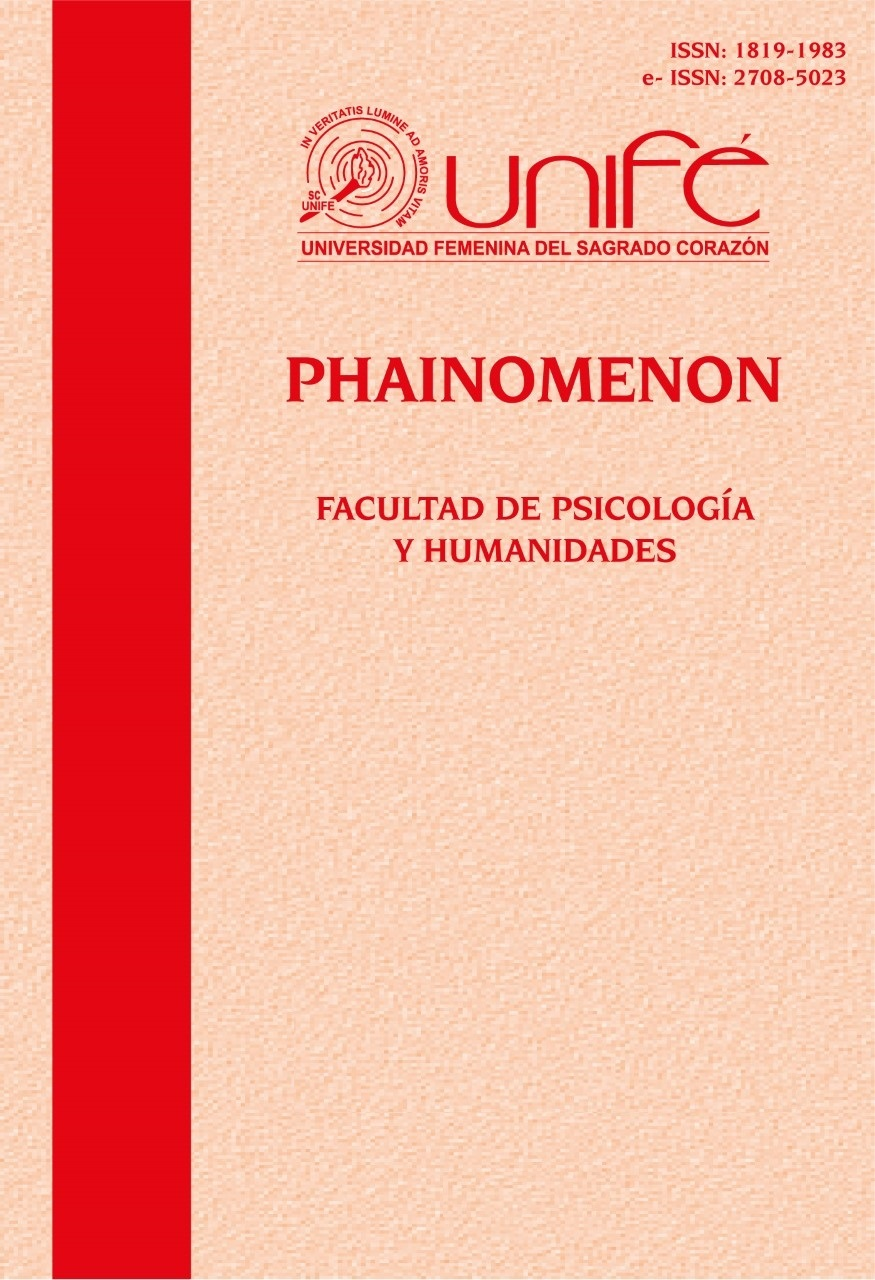Philosophy and rhetoric: Plato's critique of the sophists
DOI:
https://doi.org/10.33539/phai.v22i1.2773Keywords:
Plato, philosophy, rhetoric, sophists, eristicAbstract
This article aims to point out that Plato’s criticism of Sophists and rhetoric is not a condemnation of them, but a distance from traditional rhetoric in order to introduce his proposal for a philosophical rhetoric. For this objective, the aim is to: 1) outline the definition of the concepts ‘rhetoric’ and ‘sophistic’, and characterize the principles of ‘sophistic rhetoric’; 2) To address Plato’s criticism of the sophists from the Gorgias, pointing out the arguments with which Plato criticizes the rhetoric and the Sophists; 3) To analyze the dialogical method of the Sophists (eristics) and how it opposes the philosopher’s method (dialectic); 4) Finally, to point out, starting from the Phaedrus, Plato's foundations for the consolidation of a ‘philosophical rhetoric’, that is, of a genuine philosophical dialogue that serves as an overcoming of traditional rhetoric.
Downloads
Downloads
Published
How to Cite
Issue
Section
License
Copyright (c) 2023 Julián Ramiro Numpaque García

This work is licensed under a Creative Commons Attribution 4.0 International License.






